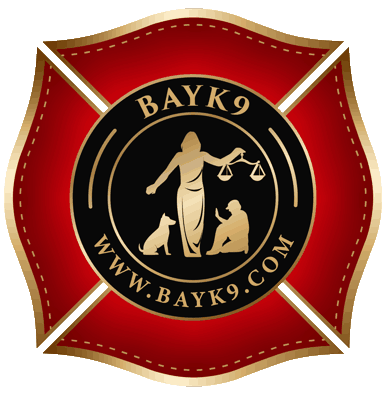Service Dog Training
4 years later we have a wonderful program and access to the finest dogs we could find. We are currently working service dogs 4 days a week and have a variety of specialties including Emotional Support Animals and Therapy Dogs. We work with Doctors and Therapists as well as parents and owners. We provide coaching for self training your own dog or can help getting the foundation on your own dog. If you are just beginning the process we can help.
Service animals are mostly associated with people with disabilities and for good reason. These individuals often use them as a way to fully participate in everyday life. Usually, these service animals are dogs, and they can be trained specifically to perform many important tasks designed to assist people with disabilities. Such tasks can include providing stability to the individual with difficulty in walking, picking up items for a person in a wheelchair, preventing a child with autism from wandering away or even alerting a person with hearing loss when someone is approaching from behind. Still, there are a lot of things that people do not know about service animals, and this article will help to expound on that.
What is a service animal?
Under the Americans with Disabilities Act (ADA), a service animal can be described as a dog that has been individually trained to do work or perform tasks for an individual with a disability. Usually, these tasks performed by the dog ought to be directly related to the person’s disability.
Emotional Support, Therapy, Comfort or Companion Animals
Emotional support, therapy, comfort, or even companion dogs are not considered to be service animals under the ADA. This is because these animals are not trained to perform a specific task, as such, they do not qualify as service animals. However, it is important to note that there are some states or local governments that have laws that allow people to take emotional support animals into public places. You need to check with your state or a local government agency to find out more.
Does the ADA Require Service Animals to be Professionally Trained?
The short answer is, no. This is mainly because people with disabilities have the right to train the dog themselves. However, it is recommended that they use a professional service dog training program, or an expert to bring the best out of the dog.
What are the general rules for using service animals?
For one, the handler of the dog is responsible for caring for and supervising the service animal. This includes feeding, toileting, veterinary care, and grooming. In hospitals, specifically within patient rooms, service animals must be allowed. They cannot be excluded because the staff can provide the same services. In case a patient needs to ride in an ambulance, the service animal should be allowed to ride with its handler, so long as there is space.
Certification and Registration
Service animals are not exempted from local animal control or even public health requirements. This means that they need to be certified, trained, or licensed as service animals, along with getting the requisite vaccinations.
Breeds
No single type of dog breed is exempted from being a service dog. Any dog, with the right training, can become a service dog.
Conclusion
It is easy to confuse a service dog for a companion dog, and they are not the same. A service dog is integral to a person living with disabilities living a relatively normal life. this calls for the training of the dog, and all the necessary procedures associated with preparing the dog to become part of the handler’s life. it is important, however, for one to understand what their state says regarding service dogs, and what they need to know to avoid anything bad from happening, such as being kicked out of a given establishment or being separated from their service dog. Most importantly, it is important for the general public to understand the importance of service dogs, and to respect them for what they are.
